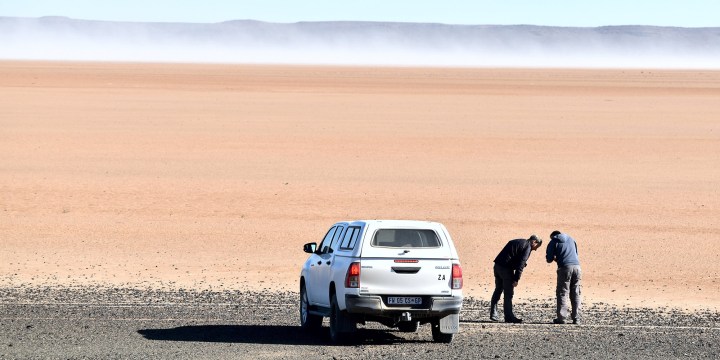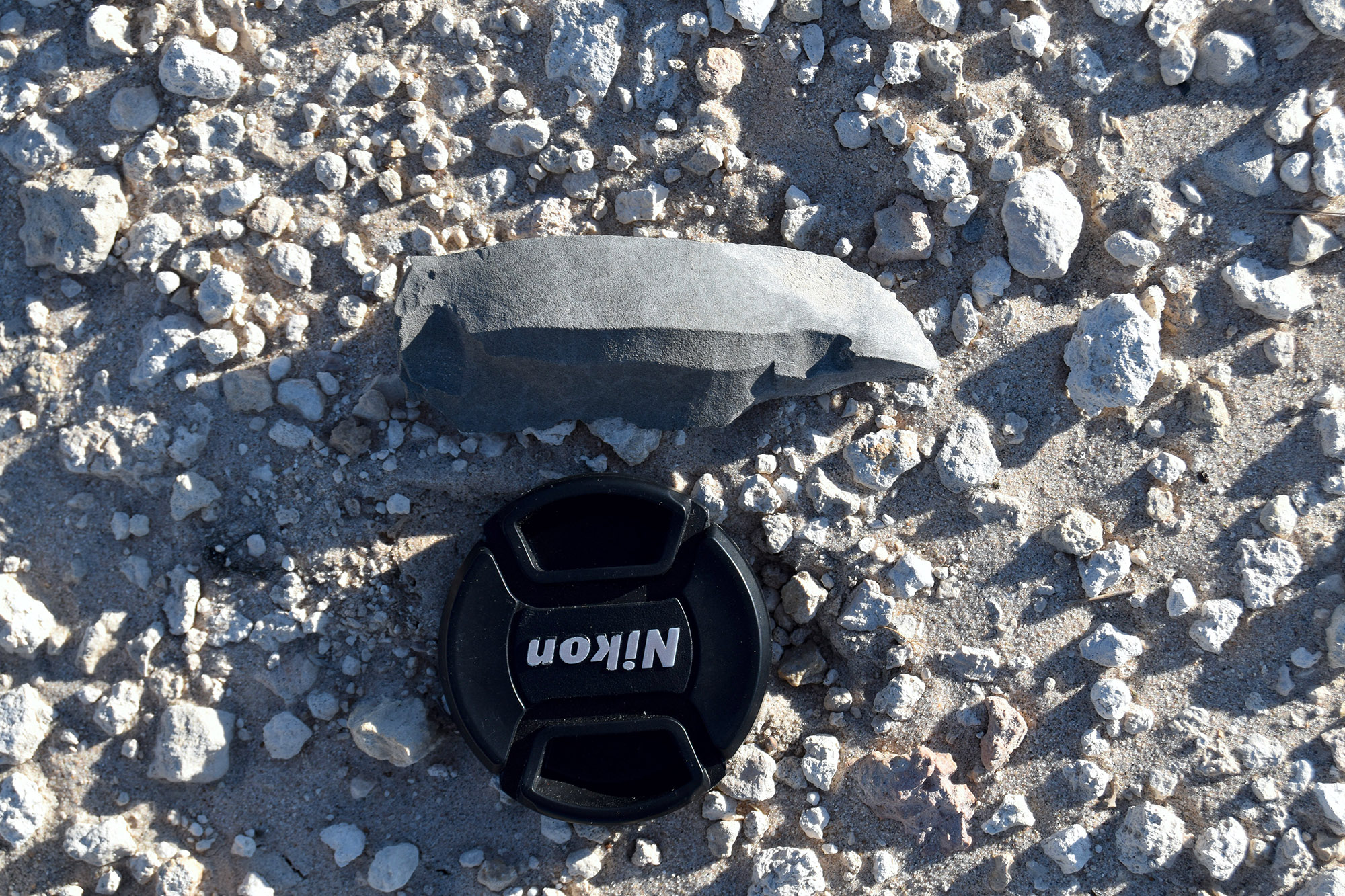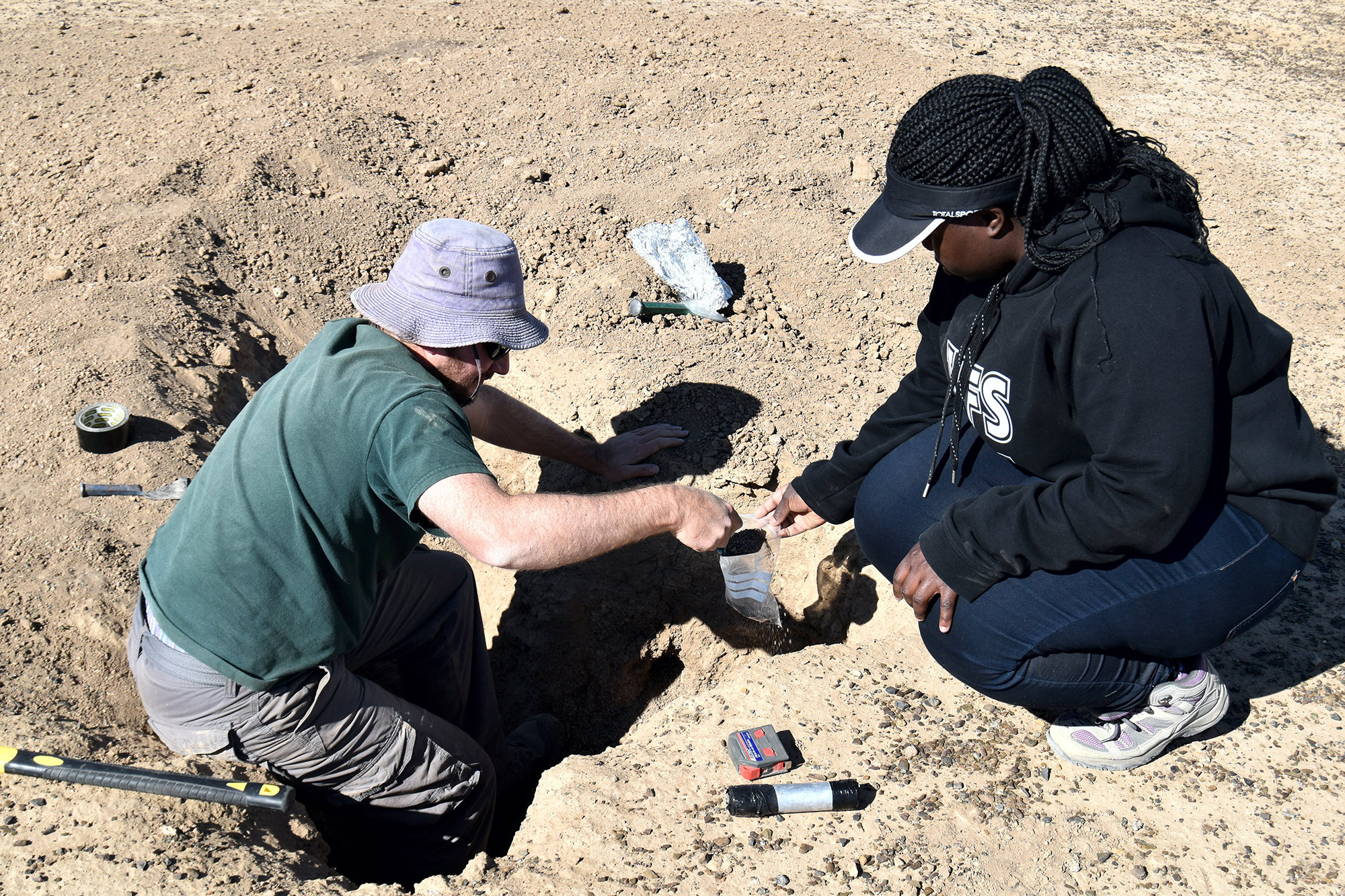Our Burning Planet
South Africa’s changing climate — ancient Stone and Ice Age signals from the interior

New research suggests several large bodies of water were sustained in the now arid South African interior during the last Ice Age, painting a picture of a diverse and fertile region that would have been capable of supporting hunter-gatherer communities of the time.
The term “climate change” is frequently bandied about, sometimes by those who should know better, as a sort of general scapegoat for a variety of environmental ills. Many environmental issues are a result of aspects of climate change, combined with ill-considered human activities unrelated to climate, to produce the “perfect storm”.
Permit us to elaborate. Global climates change all the time and often, from a human perspective, with uncomfortable rapidity. On the geological time scale, this change is cyclical. The woolly mammoth, hunted by our forebears in the northern hemisphere, went extinct a mere 4,000 years ago.
To what would the newspapers (had the printed word existed) have attributed this? To human impact (the predations of ancient hunters), or might the headlines simply have proclaimed “climate change”? The reason, we now know, was the global warming phase which commenced at the end of the last Ice Age.
Humans may well have played a part in the extinction of the mammoth, but it is unlikely that they had a singular role in this.

Freshwater mussel shells; a sure sign of a perennial (at the time they lived) body of water. (Photo: Supplied)
What we are arguing for is a more subtle, or precise explanation when accounting for cause and effect in terms of the inevitability of climate change. It is apparent that the current villain is accelerated global warming, and not simply climate change as the term is — frequently and colloquially — applied.
In light of this caveat, we will be better able to understand, plan for and, hopefully, manage natural and human environments which are under increasing stress. In a South African context, we proffer the latest research findings from a forensic geomorphic investigation which might prove useful.
The pervasive and sometimes impressive nature of climate change (currently experienced as a warming phase) is well illustrated by the proxy evidence which provides insights with regard to the environmental conditions which prevailed in much of the western interior of South Africa as recently as 31,000 years ago.
New evidence for the presence of ancient lakes (typically referred to in South Africa in their current, desiccated state, as pans) in some of the most arid regions of South Africa furthermore suggests that Stone Age humans may have been (or had the potential to be) more widespread across the continent than previously thought.
Rock shelter records
South Africa’s Stone Age archaeological record, particularly for the past 150,000 years, has been the subject of a great deal of investigation, not least due to the presence of the remarkable coastal caves and rock shelter records of the southern Cape in particular. Indeed, a number of recent Daily Maverick reports have alluded to these studies.

A Stone Age tool on the margins of one of the pans in the area. (Photo: Supplied)
However, the presence of humans and the resources available to them in the vast interior regions of the country have thus far remained much more enigmatic. Recent findings suggest that focused archaeological work in the interior regions of South Africa may reveal more about our ancient ancestors and their movements. The research findings and conclusions are published in the journal PNAS, Proceedings of the National Academy of Sciences of the United States of America.
This new research by an international team of academics from South Africa, the UK, the US and France suggests several large bodies of water were sustained in the now arid South African interior during the last Ice Age, particularly 50,000 to 40,000 years ago, and again 31,000 years ago.
The empirical evidence for this is the ancient, preserved shorelines that surround each pan and which were left, quite literally, high and dry as the environment became more desiccated.
Importantly, the group was able to model how much water was required to fill these palaeolakes or pans, allowing the climatic changes necessary to create lakes, and the resulting wider impacts on the region’s hydrology, flora and fauna, to be reconstructed.
Their findings paint a picture of a diverse and fertile region that would have been capable of supporting hunter-gatherer communities of the time.
The scientists studied three pans from the arid western interior of South Africa, from Brandvlei in the west to Kimberley in the east. As well as dating ancient shorelines using radiocarbon and luminescence dating methods, they estimated the lake sizes and capacities.
Computer models of regional hydrology showed that the conditions necessary to create the lakes would have led to widespread changes in the region’s many (presently ephemeral) rivers and pans as the water table rose. The impacts on the flora, fauna and the humans who depended on these natural resources have been alluded to above.

Empirical fieldwork involves collecting sediment samples for laboratory analysis and dating. (Photo: Supplied)
What is the significance of all this?
First, we now know more about how and when the climate of the semi-arid interior of South Africa has changed over the (geologically speaking) comparatively recent past.
Second, we now better understand the nature of this change (particularly with regard to the all-important geohydrology of the region).
Third, through a sophisticated and comprehensive dating strategy, we now have a far better handle on when this environment began to dry out.
Finally, we like to think that we have provided climatic modellers and future scenario experts with some useful empirical (as opposed to purely theoretical) evidence of climate change which manifested itself in the form of global warming over a hitherto under-researched region of South Africa. DM
Peter Holmes is a retired professor and current research fellow in the Department of Geography at the University of the Free State. He was the principal South African investigator in this research.
Andrew Carr is a senior lecturer in Physical Geography and Geography and Environmental Science at the University of Leicester. He was the holder of the National Geographic Society grant which enabled this research.




















 Become an Insider
Become an Insider